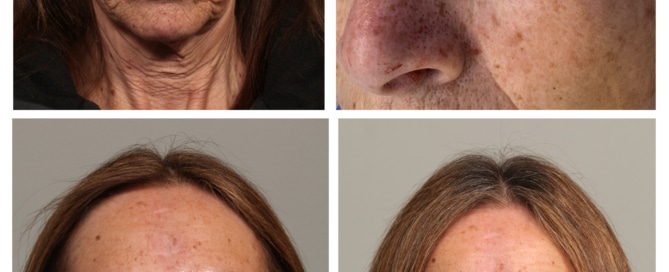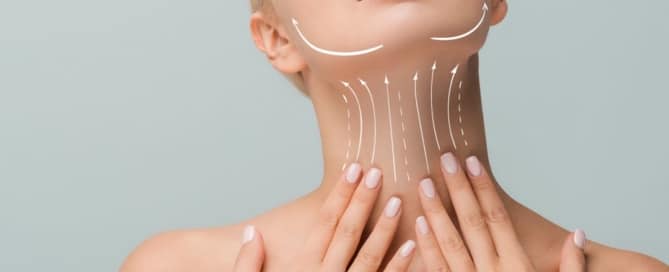Who Is a Good Candidate for Earlobe Repair?
While your ears may not be the center of attention when it comes to your face, they are an integral part of framing your beauty. However, for various reasons, your ears can become damaged and stand out during conversations and photos. This can be distressing and potentially damaging to your confidence. So what can you […]
Who Is a Good Candidate for Earlobe Repair? Read More »






